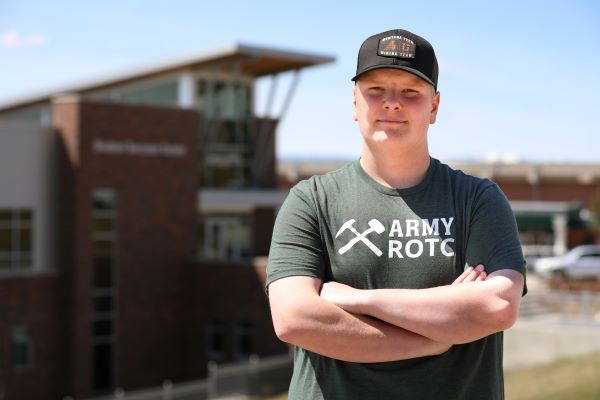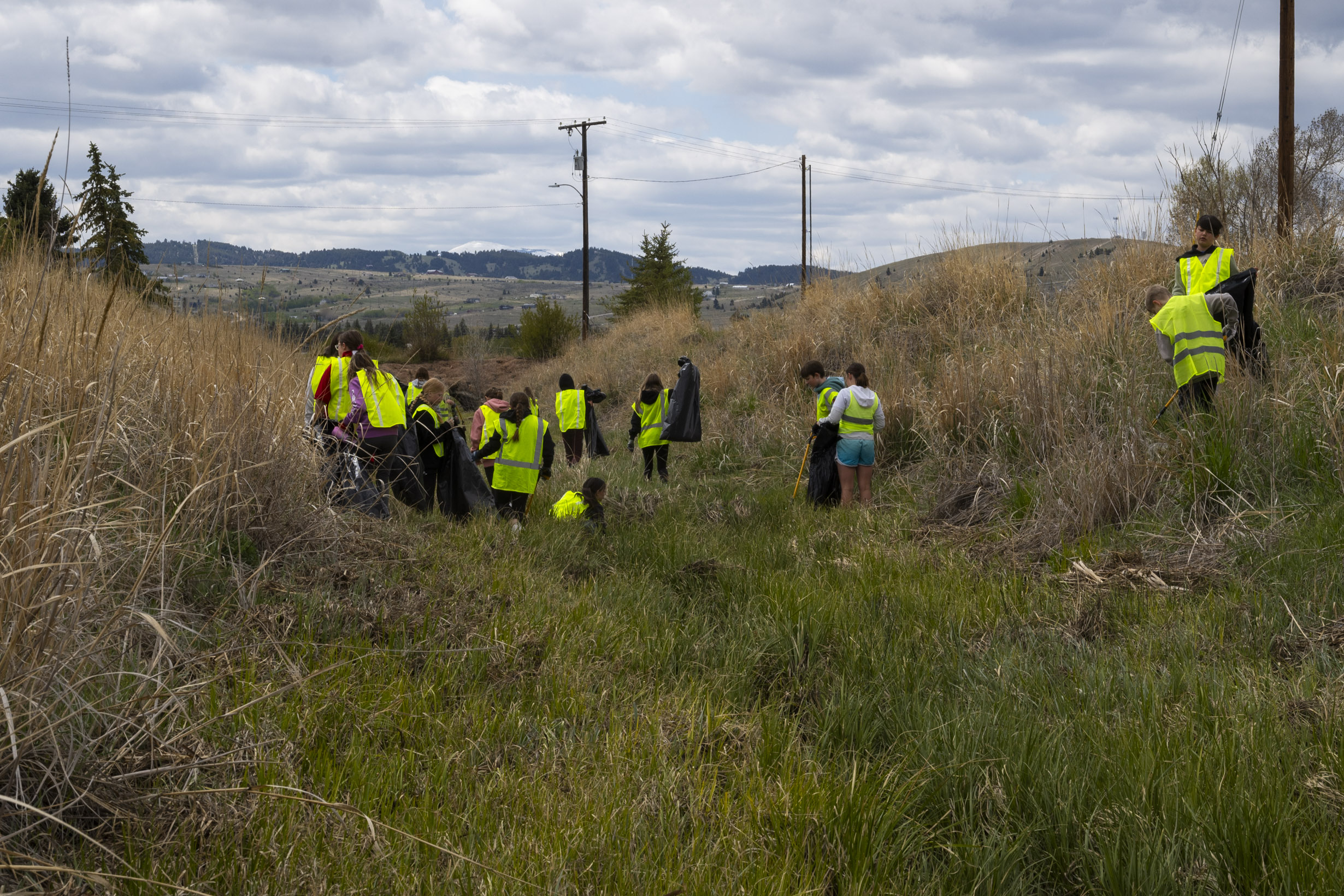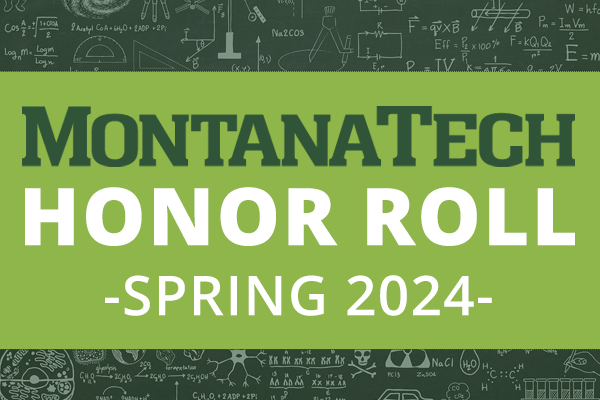Mining engineering senior tests pre-splitting methods in attempt to maximize efficiency of underground operations
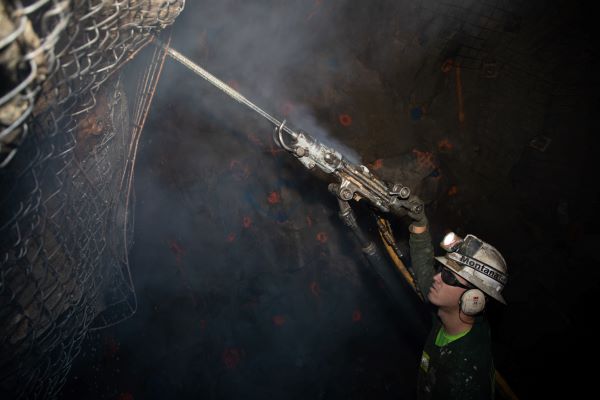
To a layperson, using explosives to mine ore seems pretty simple. Set your charges, take cover, protect your ears, push the button, and watch everything go “boom!”
For mining engineering senior McKoy Gebhardt, blasting is much more nuanced and precise. He has turned an undergraduate project into a research focus that will carry over into a fifth-year master’s degree in Fall 2024. The project focuses on a blasting technique called pre-splitting. It consists of setting charges so the perimeter of the design is fractured first.
“You don’t send as much shockwave out when you blast,” Gebhardt said. “You goal is to reduce the overbreak so you stay inside your boundaries of where you want to be.”
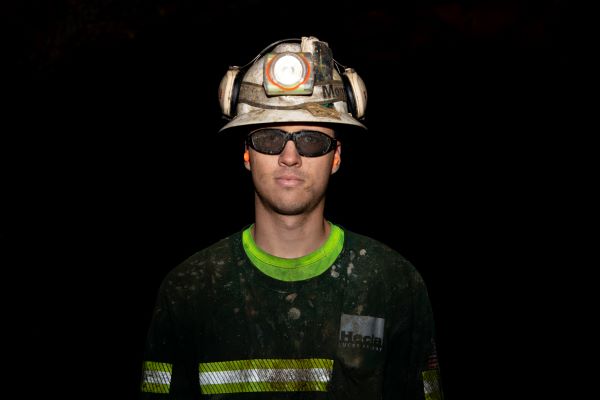
Overbreak is the volume of rock that falls outside the perimeter of the intended profile for the final blast design. When overbreak occurs, machines must come in and muck out the excess rock. It takes time and resources. If Gebhardt can figure out how to reduce overbreak, it makes the mining process more efficient and cost-effective.
Pre-splitting is a successful practice for surface mining, but it has yet to be perfected underground. Gebhardt has spent hours in the University’s Underground Mine Education Center (UMEC). The UMEC is a hands-on, interdisciplinary educational space consisting of the former Orphan Boy and Orphan Girl Mines located immediately west of campus. It is the nation’s only on-campus underground mining facility, and home to courses for mining engineering, geological engineering, environmental engineering, metallurgical engineering, and occupational safety and health. It also serves as a research facility.
Gebhardt’s research involves loading the perimeter holes of a blast with sticks of special pre-split explosive powder and emulsion. He’s trying to figure out the best way to load the perimeter holes and set them off so the perimeter has visible “half-barrels” where the perimeter drill holes were located. Gebhardt has presented his research at the Best in the West Drill and Blast Conference in Spearfish, South Dakota, and will be presenting at the International Society of Explosives Engineers (ISEE) conference in Savannah, Georgia.
“McKoy attended a presentation on underground presplitting at last year’s ISEE conference then approached me with his ideas for applying it in the UMEC,” Mining Engineering Department Chair Dr. Scott Rosenthal said. “It was a well thought out plan so I said let’s do it as we are all about trying new approaches that make sense in the lab. McKoy has completed a second test blast with encouraging results.”
Gebhardt is still determining where his mining career with take him. He’s interned at a borax mine in California with Rio Tinto and the Lucky Friday silver, lead, and zinc mine in Coeur d'Alene, Idaho, with Hecla. He will intern at Hecla’s Greens Creek silver, zinc, lead, and gold mine in Alaska during the summer of 2024.
For now, he’s really interested in the blasting part of operations.
“The explosive stuff is interesting to me,” Gebhardt said. “There are all these different options you have with types of explosives and different timing for your rounds and being able to see the finished project afterward.”
When possible, the Mining Engineering Department offers tours of the UMEC to prospective students. To schedule a visit, click here.
